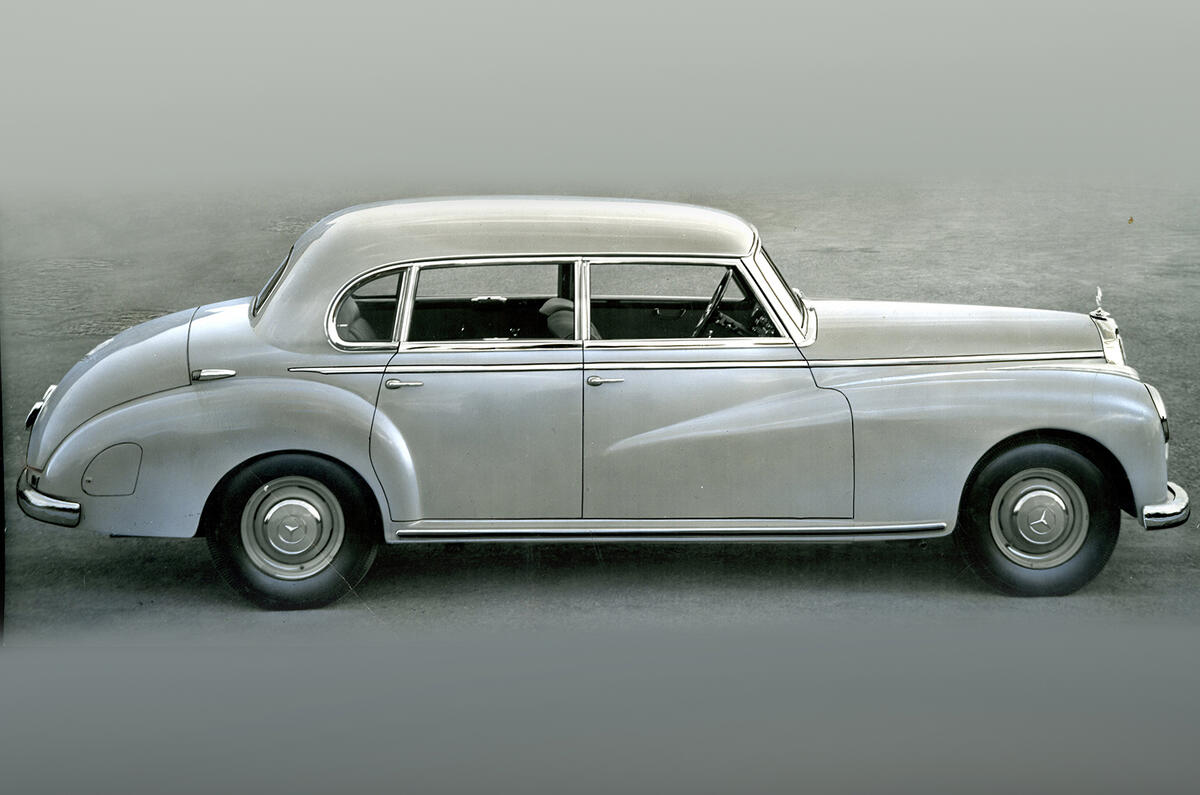Germany’s first international motor show was held in Berlin in 1897, and apart from interruptions forced by recession and global conflicts, it continued to host the event until 1951, when it switched to Frankfurt.
Held from 19-29 April, that year’s Frankfurt show was Germany’s first big post-war international car expo. It attracted 518 exhibitors, no fewer than 470 of them from West Germany.
Upon visiting the event, Autocar’s correspondent was taken aback by its size. “The recovery of the German motor industry is now dramatically demonstrated at the Frankfurt motor show,” he said. “For sheer size and elaborate presentation, it must be unique among international motor exhibitions.
“Exhibits occupy a park covering 17.5 acres, of which 10 acres are covered by the 14 exhibition halls, several of them new buildings erected since the war.
“The public crowded shoulder to shoulder in aisles and, on Sunday, roads leading into Frankfurt were jammed with a solid block of vehicles nearly 15 miles long heading for the show.”
Mercedes-Benz, Volkswagen, Ford and Auto Union had halls of their own in which 30 or 40 of their latest models were shown in elaborately staged displays. The Volkswagen exhibition hall was described as “a surrealist temple of the automobile” and included cars “riding over neon rainbows, a car revolving on a sloping mirror and a desert exhibit displaying the successful cars from the recent African rally”.
Two new cars from Mercedes-Benz, the Type 300 and Type 220, stole much of the limelight, although the return of BMW to car making was also notable.
BMW had been badly hit by the loss of its factories in East Germany and had been restricted to making motorcycles on the western side of the Iron Curtain. At Frankfurt, it wheeled out a prototype of its comeback model, the Type 501.
At this point, most of Germany’s car production was sold in the home market, and the requirements of the population had a strong influence on car design. “This accounts for the considerable interest in small economy cars which are cheap to buy and run, but the designers do not lose sight of the fact that they will be used on the great autobahnen, and even the smallest cars are usually designed to stand up to continuous full-throttle driving,” wrote Autocar.
The show emphasised the fact that Germany was rapidly rebuilding its manufacturing base, although some sombre reminders of the war remained.





Join the debate
Add your comment
I love the "Adenauer" 300 too
Mercedes-Benz type 300